Listen to This Article:
Some say To-May-To, others say To-Mah-To, and there’s room in our hearts for both. But if you call a tomato a vegetable, you might get some rotten ones thrown at you. “But wait!” you’ll surely exclaim. “People put tomatoes in salad, I take them off my burgers because I hate vegetables.” Well, it pains us to break the truth to you; those tomatoes are fruits! And it doesn’t just stop there. Dozens of foods commonly considered vegetables are actually fruits, bananas are actually berries, and the moon is made of cheese! Okay, we made that last one up, but this is all confusing enough to demand some levity.
Do you really know the difference between a fruit and a vegetable? It turns out that the definitions aren’t as clear as any of us might think. Read on to join us in a fact-finding mission, where we’ll get down to the bottom of this botanical blasphemy.
Fruits vs. Vegetables: What Makes a Fruit a Fruit and a Vegetable a Vegetable?
At first glance, this question might prompt you to respond, ‘Of course I know what a fruit is, compared to a vegetable.’ But it might surprise you to learn that how we often think of fruits and vegetables isn’t exactly how they are truly defined.
The confusion comes down to this: the technical, scientific definition of fruits and vegetables doesn’t match up with how those terms are commonly used.
What Is a Fruit?
A fruit is technically an edible plant part made from a flower that ripens from a plant’s ovary. This certainly includes what we commonly think of as fruits, like cherries, apples, and grapes. But confusingly, many foods that we think of as vegetables are also technically fruits. For example, zucchini, cucumbers, tomatoes, and bell peppers are botanically fruits. And believe it or not, green beans, peas, and even grains such as corn, wheat, and rice are also fruits! Even some nuts, such as walnuts and cashews are technically considered fruits because they grow with a fleshy fruit around the seed that becomes the edible nut.
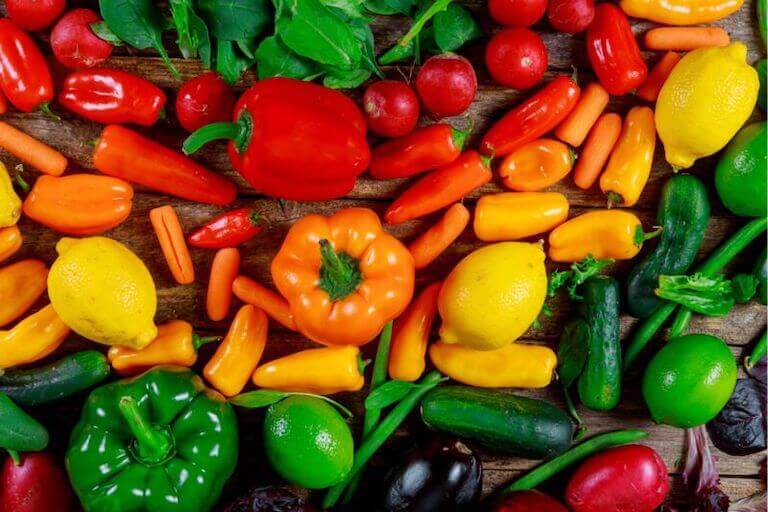
Even though we think of peppers, cucumbers, tomatoes, and eggplants as vegetables, technically, they are fruits.
What Is a Vegetable, Then?
On the other hand, vegetables are defined as edible plant foods that come from all other types of plant parts, such as stems, roots, tubers, or leaves. Familiar examples include lettuce, carrots, celery, spinach, beets, potatoes, and onions.
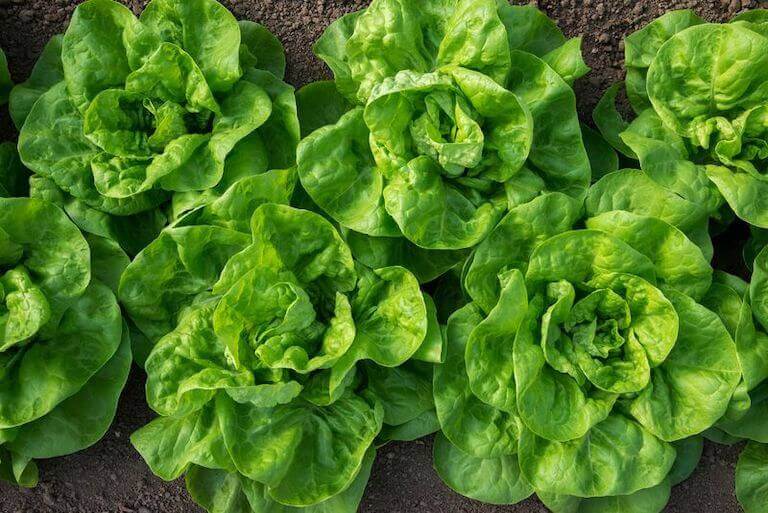
Lettuce is a vegetable, as the leaves are the edible part.
The edible parts of potatoes and yams are “tubers,” meaning that they are fleshy, starchy roots, while onions, garlic, and leeks are technically “modified stems.” Cruciferous vegetables, like broccoli and cauliflower, are modified flower structures. Celery and rhubarb are edible stems, and greens like basil, kale, collards, and chard are simply the leaves of the plant.
Even the Avocado!
That’s right! The all-powerful avocado is not actually a vegetable. In fact, it’s considered a large berry with a single seed!! Sorry, but the next time you spend $12 on some avocado toast, you won’t even be able to comfort yourself by saying you’re getting a serving of vegetables.
So Should You Start Calling Your Zucchini “Fruit”?
Now that you know about these definitions, should you start calling the foods that you’ve thought of all your life as vegetables “fruit”? Not really. Even though these are the technical definitions of fruits and vegetables, colloquially, most people refer to sweet, fleshy plant foods as fruits and savory plant foods as vegetables.
Botanists developed this system of classification based on the scientific characteristics of plants so that it could accurately apply to any plant on Earth. But as is often the case, lay people have their own ways of describing the world. All the people eating and cooking with fruits and vegetables tend to use a more qualitative approach.
The Supreme Court Weighs In
In Nix vs. Hedden, a fruit importer claimed that tomatoes were technically a fruit, so they weren’t required to pay a tariff that the Port Authority of New York usually levied on vegetables. The Supreme Court determined that though tomatoes were botanically a fruit, in common usage they were considered vegetables, and the tariff had to be paid.
Do Fruits vs. Vegetables Have Different Nutrition Profiles?
All plant foods contain some combination of natural sugars and complex carbohydrates, fiber, vitamins, and minerals, as well as small amounts of proteins and fats. Brightly colored fruits and vegetables also contain potent phytonutrients, which are unique compounds that may provide disease-fighting qualities. For example, increased consumption of lycopenes in tomatoes may decrease blood lipids, blood pressure, and inflammation.
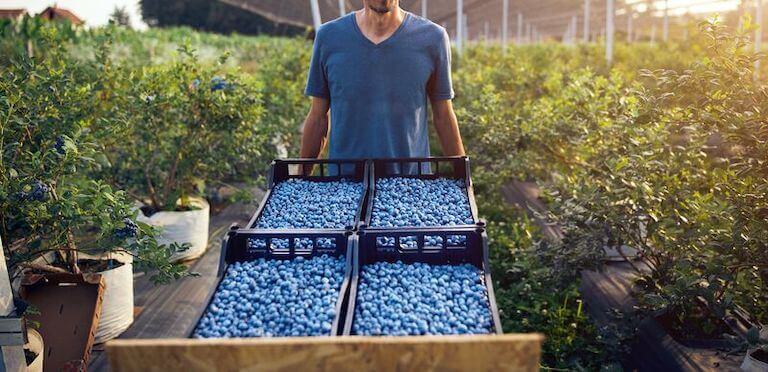
Brightly colored fruits and vegetables, like blueberries, have plant phytonutrients that may help prevent health problems.
That said, there are some general differences between fruit and vegetable nutrition.
Fruits in general contain more water, a higher sugar content, and relatively high amounts of soluble fiber. This makes them helpful digestive aids for many people. They are also often high in vitamin C, and the minerals potassium, calcium, phosphorus, and magnesium.
Vegetables, on the other hand, can be fibrous and starchy, and they are often green. Dark leafy greens in particular are high in iron, calcium, phosphorus, copper, zinc, and vitamins C, K, E, and B complex.
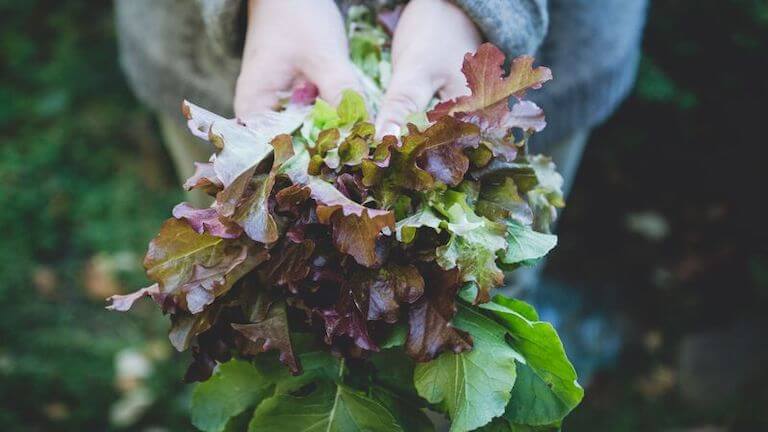
Dark leafy greens like lettuce, kale, spinach, and chard are full of vitamins and minerals, as well as bitter compounds that support health.
Many vegetables, especially dark, leafy greens such as dandelion greens and chard, contain plant chemicals with a bitter taste, such as flavonoids, terpenes, and glucosinolates. These bitter compounds can support digestion by increasing the flow of digestive juices and partially account for some of the health benefits of vegetables.
Maintaining Nutrition in Fruits and Vegetables During Preparation
It’s important to note that fruit and vegetable preparation can change the nutritional content significantly. For example, potatoes are high in potassium and fiber. But most of that mineral lives in the potato skin, so if you peel your potatoes, you’re missing out on them. If you boil vegetables like broccoli or green beans, you extract some of the nutrients into the cooking water, but steaming preserves most of them.
In general, the less cooked and processed your produce, the higher the concentration and quality of the nutrition. A good guideline is to only cook your fruits or vegetables as much as is absolutely necessary to get your desired texture or doneness. If possible, leave the skins intact.
Vegetables and Fruits in the Culinary World
Chefs everywhere incorporate fresh and preserved fruits and vegetables into their culinary creations. Are veggies always savory and fruits always sweet?
Absolutely not! As in any creative field, mixing it up and innovating creates interest and curiosity.
Fruits are of course used as dessert stars for crisps, pies, and cake fillings. But sweet fruits can also be incorporated into savory dishes to add interest and texture, as when a chef adds whole fresh berries to a spinach salad or tangy dressing. Or how about the combination of a sweet fig spread with brie and crackers on a charcuterie board? Sometimes the acidic splash of tart sweetness from fruit can elevate the salty and fatty flavors of more savory food to another level.
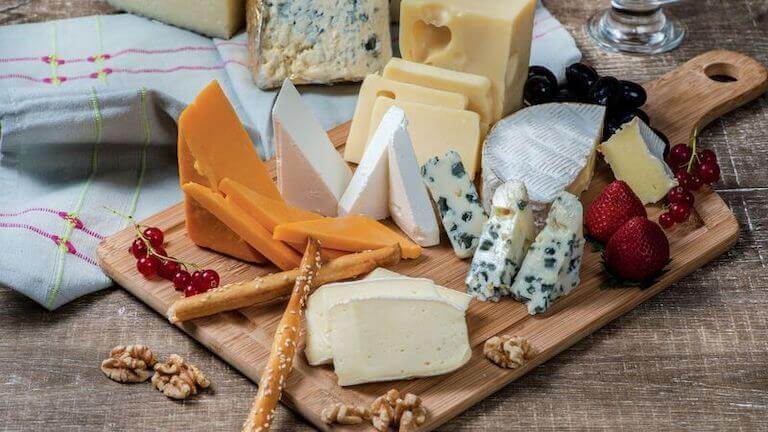
Mixing savory foods like cheese and salami with a dash of fruit can bring your dishes to another level.
And what about the opposite? Is fruit the only produce that’s welcome in desserts, or can vegetables play a role? It’s a little less common, but it’s still done.
Consider something like a yam pie, served at Thanksgiving dinner. Carrot cake or zucchini bread is a classic example of vegetables being served with and enhancing a dessert. Or what about sweet potato cookies?
In these examples, the more commonly savory vegetable is hidden within but creates new flavor profiles or textures to enhance your dining experience. There’s no limit on how to combine foods, only your creativity and desired flavor palette.
Study How to Use Fruits and Vegetables at Culinary School
Sometimes, what elevates the ordinary to the extraordinary is a higher level of training. No matter whether you keep them separate or mix them up in a creative blend of sweet and savory, fruits and vegetables are star players in most types of cuisine.
At Auguste Escoffier School of Culinary Arts, plant foods like fruits and vegetables are front and center in our Plant-Based culinary programs and in our Farm-to-Table ® Experience, which is part of our in-person programs. If mixing and matching fruits and vegetables lights you up, learn more about how an Escoffier education can help you find your unique culinary voice.

